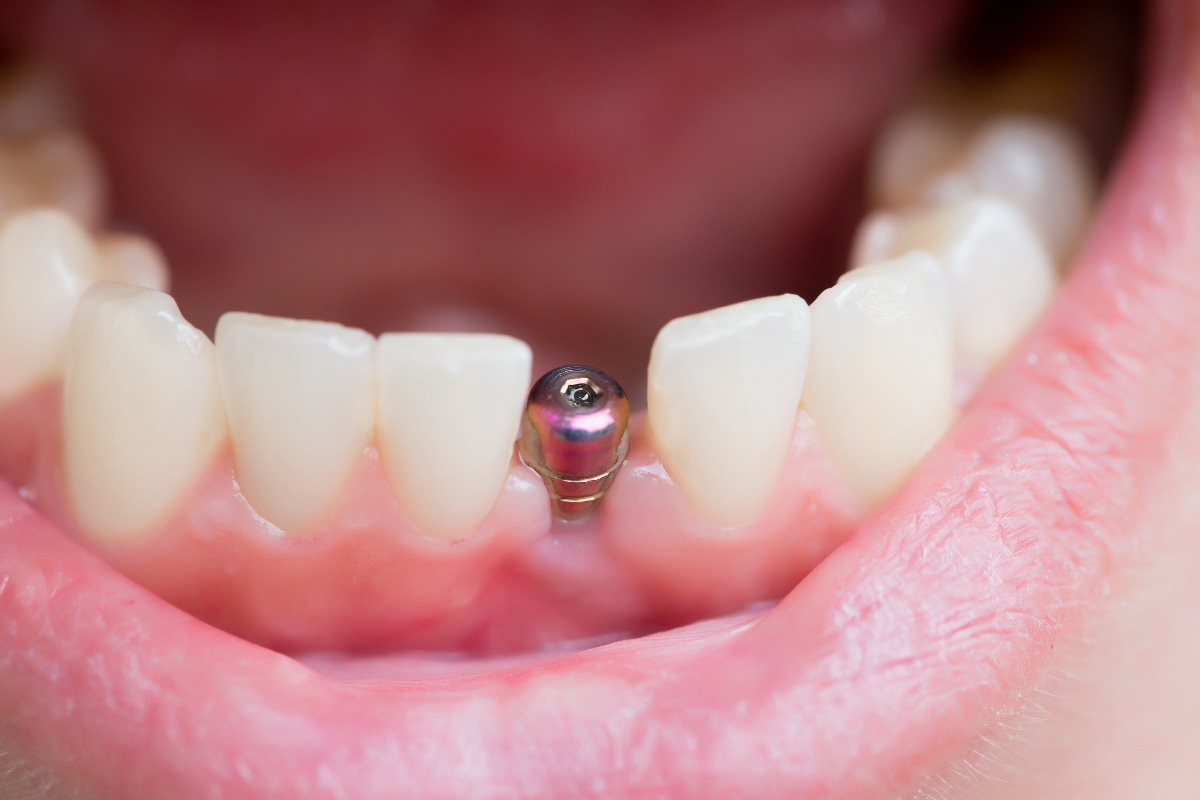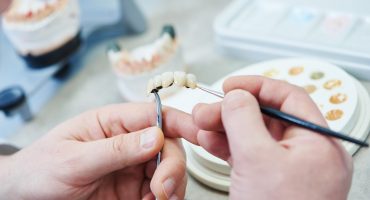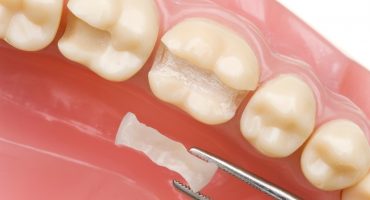When the loss of teeth threatened, just a few decades ago, patients relied on a prosthesis. Modern dentistry and implantology opens up completely different possibilities today. Implant-supported dentures, which are firmly anchored in the bone, is becoming increasingly popular in this country. Osseointegration plays an important role in the connection between implants and the jawbone. The technical term refers to the bony healing process of dental implants (ossification), which form a solid bond with the jawbone after ingrowth. How to do that, and what you have to keep in mind, read here.
Fixed dentures must be able to withstand a lot, because when chewing large forces act on the implant. This poses great challenges for dentistry. With Osseointegration, dentists have developed a method for the firm anchoring of dental implants, which ensures permanently stable dentures. But how exactly does that work?




